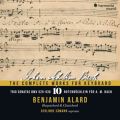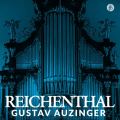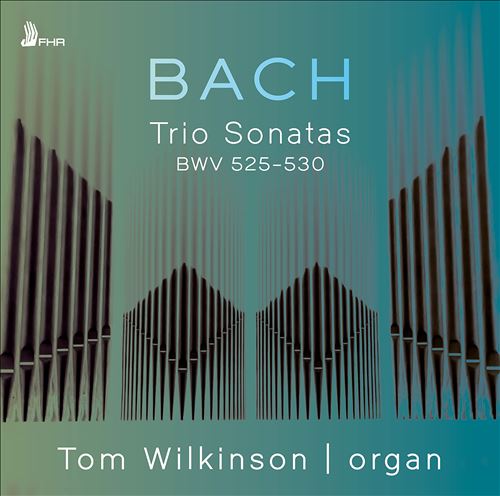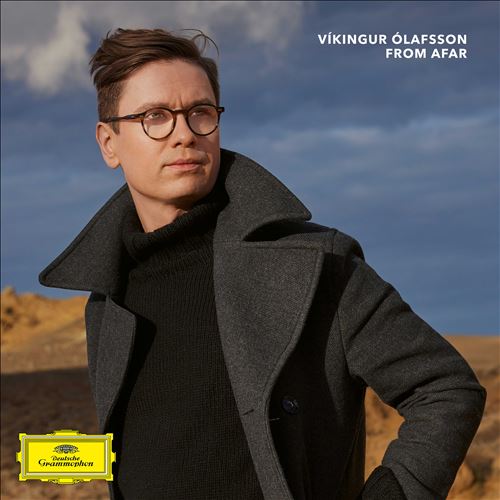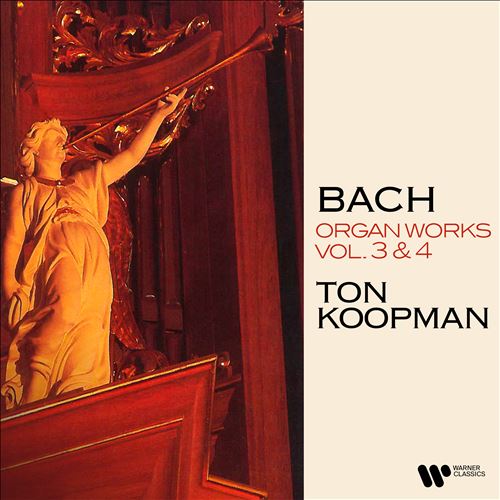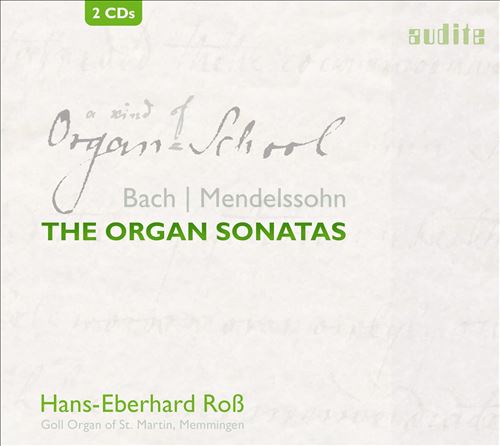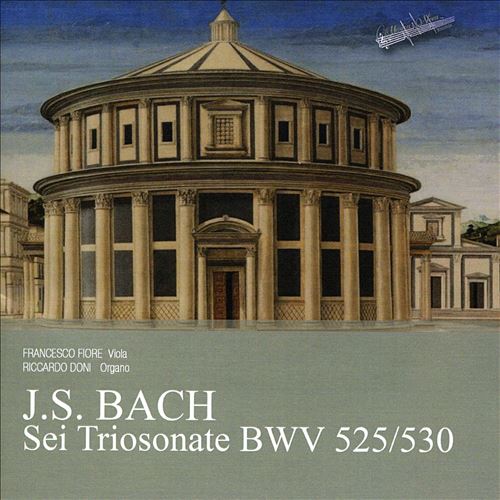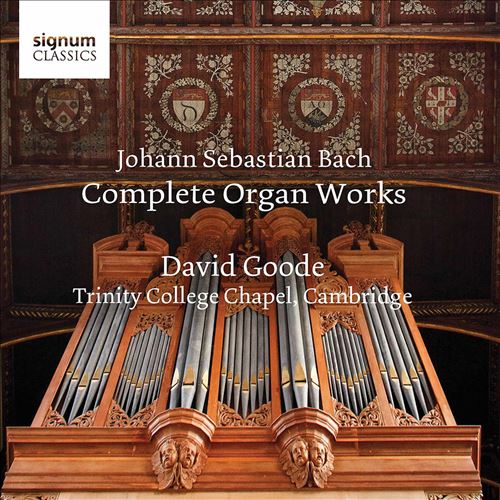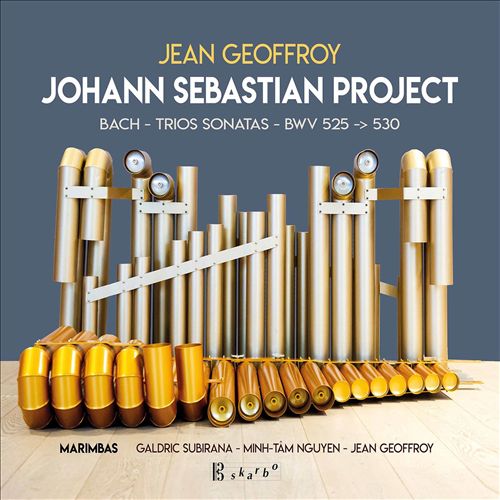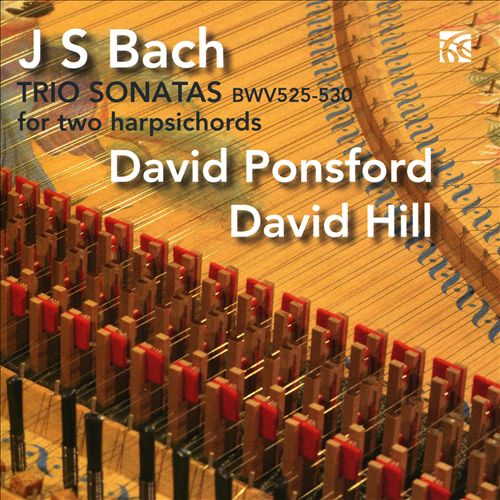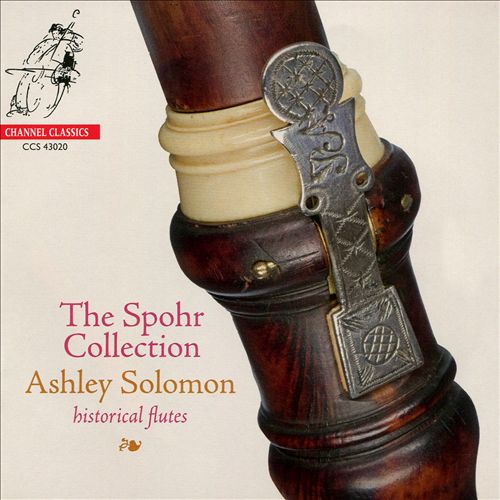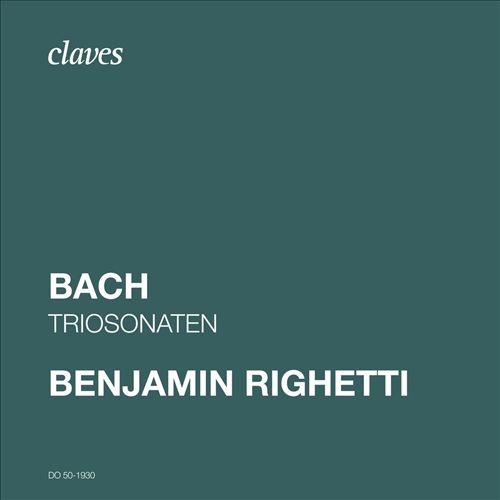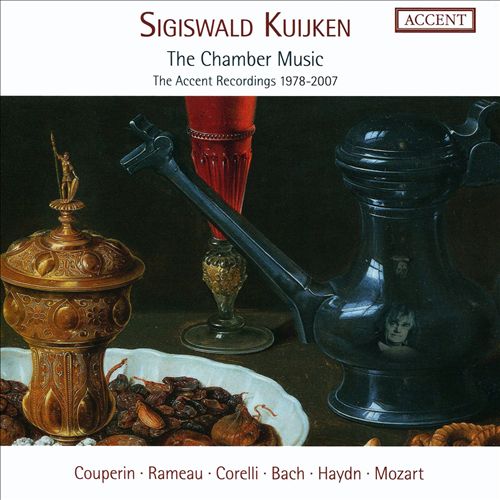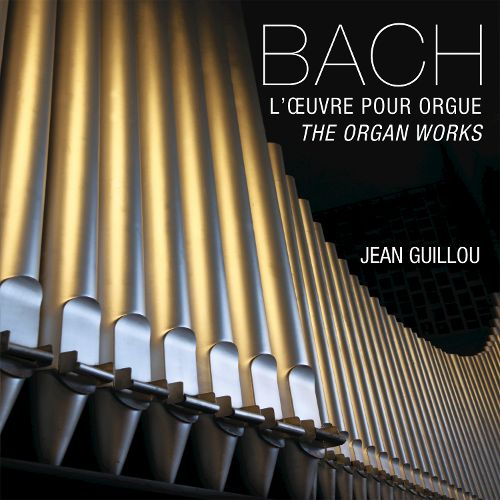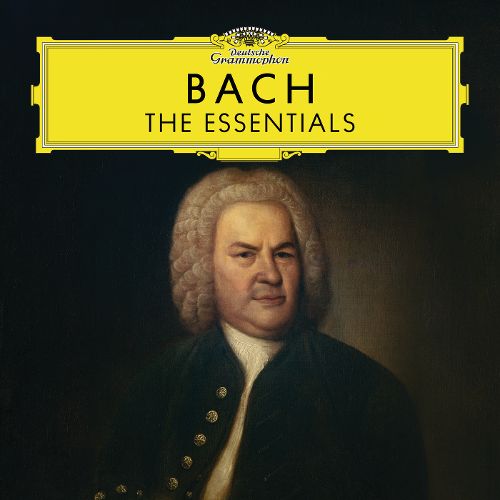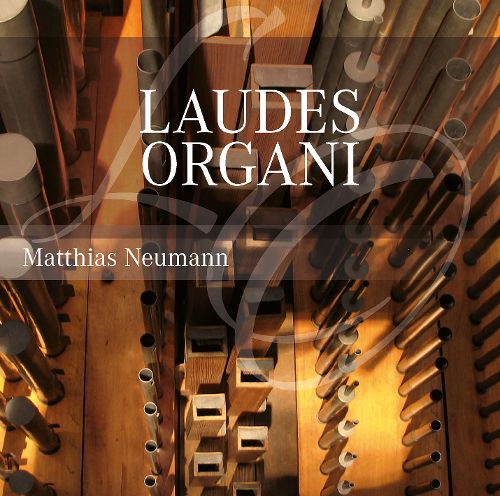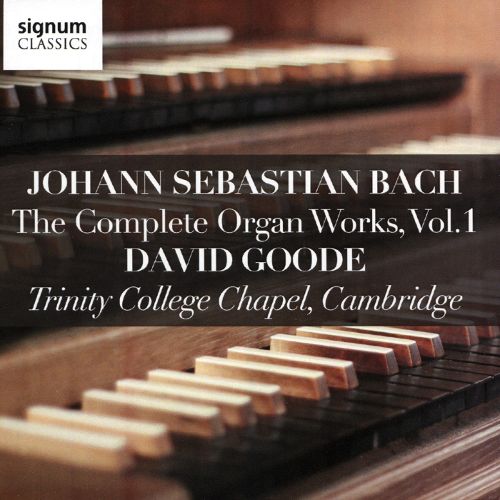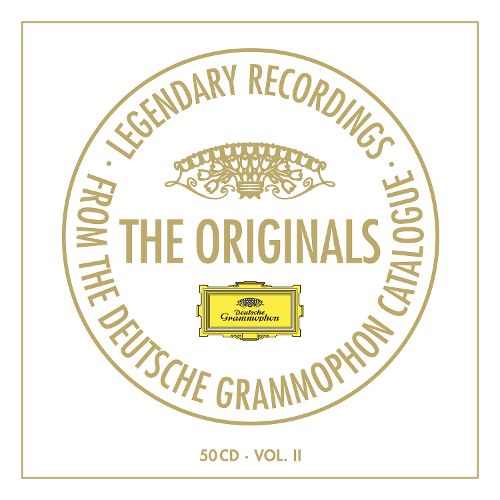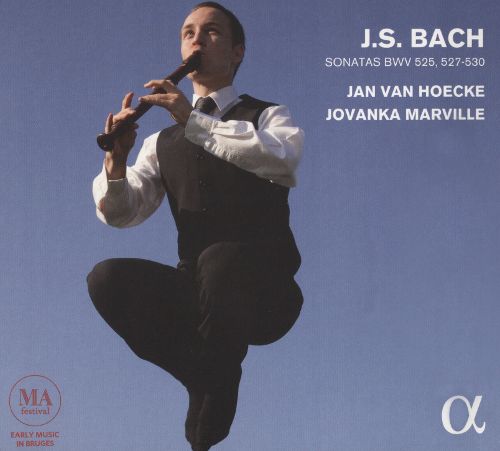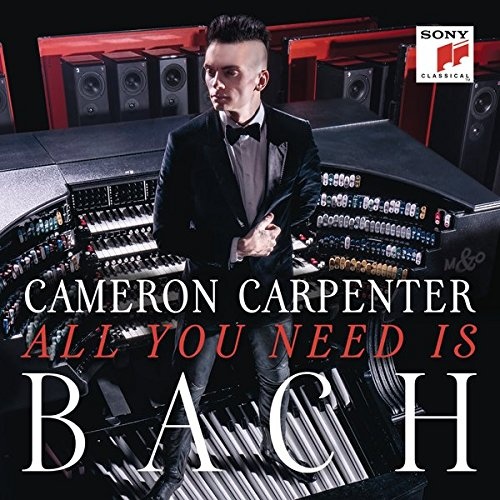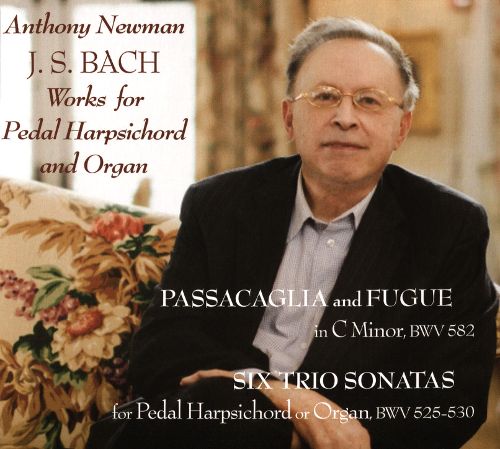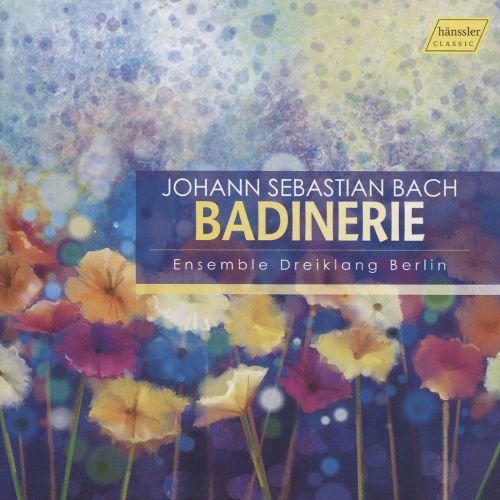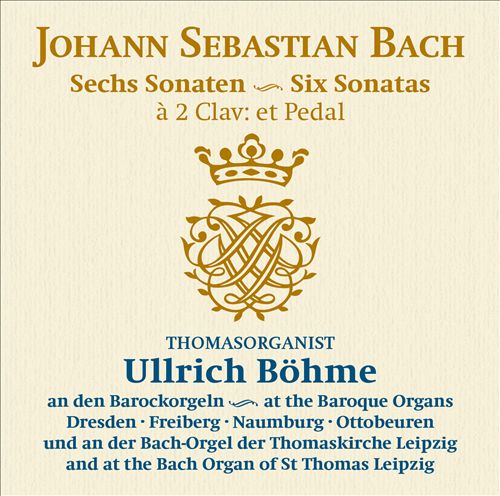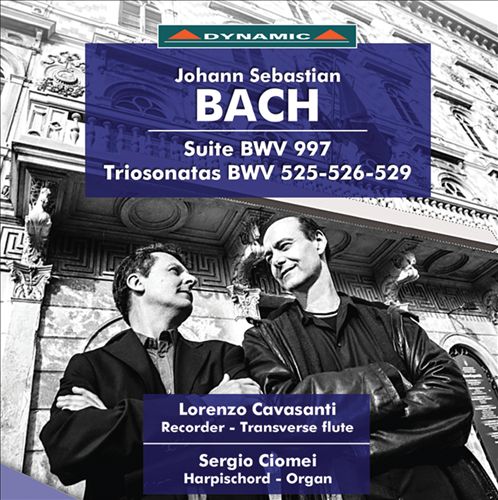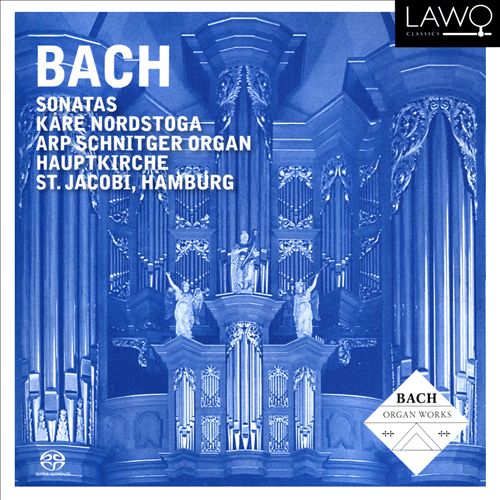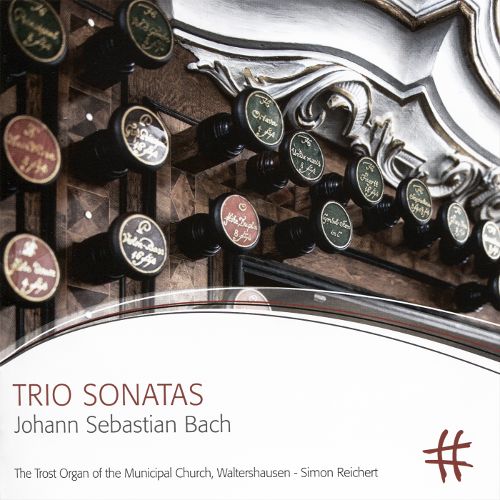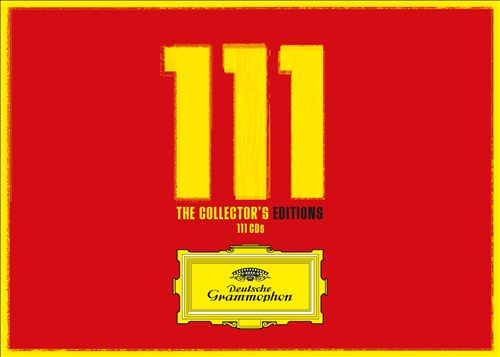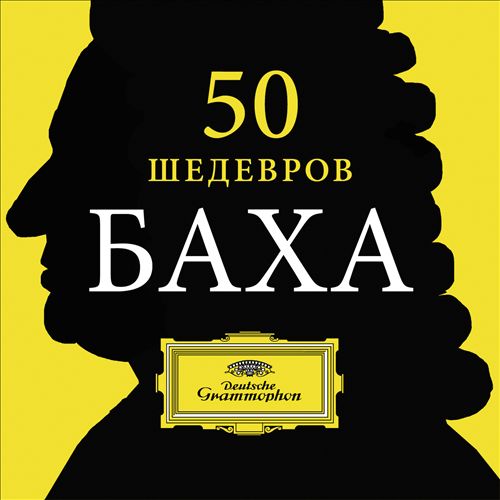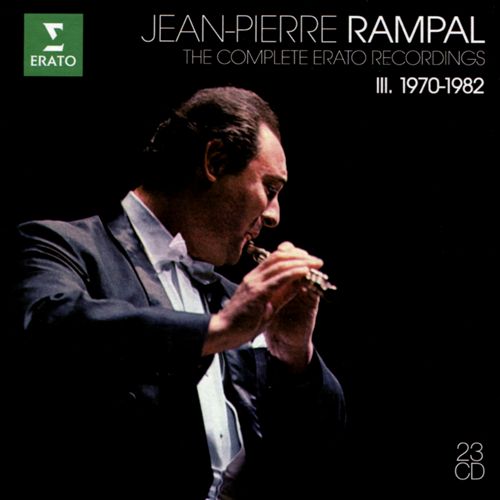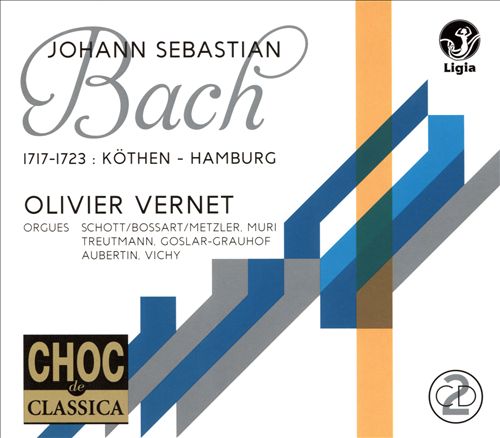Johann Sebastian Bach (요한 제바스티안 바흐)
Trio Sonata for organ No. 1 in E flat major, BWV 525
100
10,000
1,400
WORK INFO
작곡가: Johann Sebastian Bach (요한 제바스티안 바흐)작곡년도: 1730출판년도: 1867평균연주: 13:07악장1Allegro moderato3:042Adagio5:583Allegro3:44The trio sonata is a musical form that was popular in the 17th and early 18th centuries. A trio sonata is written for two solo melodic instruments and basso continuo, making three parts in all, hence the name trio sonata. However, because the basso continuo is usually made up of at least two instruments (typically a cello or bass viol and a keyboard instrument such as the harpsichord), performances of trio sonatas typically involve at least four musicians, and some 18th-century published editions have duplicate partbooks for the bass (Mangsen 2001). The trio sonatas by Arcangelo Corelli (opus 1, 1681, opus 3, 1689) were of unparalleled influence during his lifetime and for a long time after, inspiring slavish imitation by composers whose numbers were legion (Talbot 2001). The melody instruments used are often both violins. A well-known exception is the trio sonata in Johann Sebastian Bach's The Musical Offering, which is for violin and flute. Johann Sebastian Bach's trio sonatas for organ (BWV 525–530) combine all three parts on one instrument. Typically the right hand, left hand and pedals will each take a different part thus creating the same texture as in a trio. A further innovation by Bach was the trio sonatas involving a concertante (obbligato) right-hand harpsichord part in addition to the bass line, plus one melodic instrument, thus for two players. Examples are the six sonatas for harpsichord and solo violin (BWV 1014–1019), three sonatas for harpsichord and viola da gamba (BWV 1027–1029), and three sonatas for harpsichord and flute (BWV 1030–1032).Example repertoire
- Tomaso Albinoni, 12 sonatas da chiesa op. 1 and 12 sonatas da camera op. 8.
- Arcangelo Corelli, 24 sonatas da chiesa opp.1 and 3, 24 sonatas da camera opp. 2 and 4.
- Henry Purcell, Twelve sonatas of three parts, 1683, ten sonatas in four parts, 1697 (both sets for two violins and BC).
- Johann Sebastian Bach, trio sonatas BWV 1036–1039. Some of these are of doubtful attribution, but all are typical of baroque chamber music. They are written for basso continuo and two violins, except 1039 which is written for two flutes and basso continuo (which concurs with BWV 1027).
- Dieterich Buxtehude, op. 1, six trio sonatas, and op. 2, seven trio sonatas. Scored for violin, viola da gamba and basso continuo. These were the only works by Buxtehude that were published during his lifetime.
- George Frideric Handel, trio sonatas opp. 2 and 5.
- Georg Philipp Telemann, around 150 trio sonatas, most in the Corelli style.
- Johann Pachelbel, Musikalische Ergötzung ("Musical Delight"), containing 6 trio sonatas for two violins and basso continuo. Original score in scordatura.
- Antonio Vivaldi, 12 trio sonatas da camera op. 1, and two trio sonatas mixed with solo sonatas in op. 5, and about ten unpublished trios.
- Jan Dismas Zelenka, Six trio (or quartet) sonatas, ZWV 181. Scored for two oboes, bassoon and basso continuo. These are technically difficult pieces, containing some extremely demanding bassoon and oboe parts. The fourth sonata from the set (G minor) can be heard at the Brightcecilia Classical Music Forums.
From WIKIPEDIA
RELEASED ALBUMS
-
Bach: The Complete Works for Keyboard, Vol. 10May 16, 2025
-
ReichenthalMay 27, 2024
-
Bach: Trio Sonatas, BWV 525-530October 28, 2022
-
From AfarOctober 7, 2022
-
Bach: Organ Works, Vol. 3 & 4 [Warner Classics]April 8, 2022
-
Bach, Mendelssohn: The Organ SonatasJanuary 7, 2022
-
J.S. Bach: Sei Triosonate BWV 525/530January 29, 2021
-
Johann Sebastian Bach: The Complete Organ Works – Trinity College Chapel, CambridgeNovember 27, 2020
-
Jean Geoffroy: Johann Sebastian Project - Bach Trio Sonatas BWV 525-530May 22, 2020
-
JS Bach: Trio Sonatas BWV 525-530 for Two HarpsichordsApril 3, 2020
-
The Spohr CollectionMarch 27, 2020
-
Bach: TriosonatenFebruary 15, 2019
-
Sigiswald Kuijken: The Chamber Music - The Accent Recordings, 1978-2007November 16, 2018
-
Bach: L'Œuvre pour OrgueJanuary 19, 2018
-
Bach: The Essentials [Deutsche Grammophon]March 31, 2017
-
Laudes OrganiMarch 24, 2017
-
Johann Sebastian Bach: The Complete Organ Works, Vol. 1November 11, 2016
-
The Originals, Vol. 2September 9, 2016
-
J.S. Bach: Sonatas BWV 525, 527-530July 1, 2016
-
All You Need Is BachJune 3, 2016
-
J.S. Bach: Works for Pedal Harpsichord and OrganMay 10, 2016
-
Johann Sebastian Bach: BadinerieApril 8, 2016
-
Johann Sebastian Bach: Sechs Sonaten à 2 Clav: et PedalMarch 11, 2016
-
Bach: Suite BWV 997; Triosonatas BWV 525, 526, 529February 26, 2016
-
Bach: SonatasJanuary 22, 2016
-
Johann Sebastian Bach: Trio Sonatas2016
-
111: The Collector's Editions [111 CDs]December 11, 2015
-
50 Шедевров БахаOctober 16, 2015
-
Jean-Pierre Rampal: The Complete Erato Recordings, Vol. 3 1970-1982September 18, 2015
-
Bach: 1717-1723 - Köthen - HamburgJune 2, 2015
ALBUM MUSIC
WORKS SHOUTS


